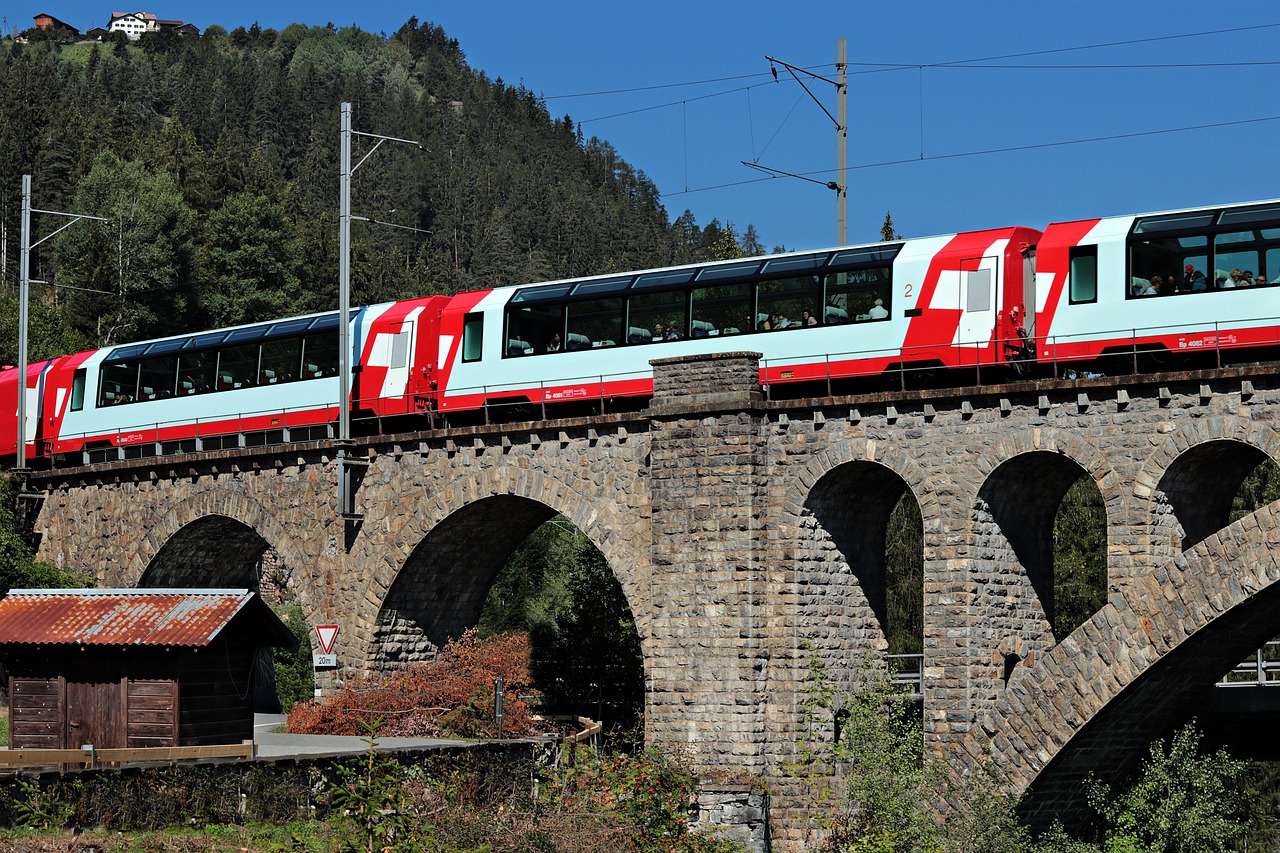Exploring Iconic Historic Sites and Ruins: A Historical Journey
The Great Pyramids of Giza, standing tall and proud on the sandy plateau of Egypt, are a testament to the ingenuity and architectural prowess of the ancient Egyptians. These monumental structures, built around 4,500 years ago, still capture the imagination of visitors from around the world with their sheer size and precision.
Constructed as tombs for the pharaohs and protected by the enigmatic Sphinx, the Great Pyramids of Giza serve as a window into the beliefs and customs of this ancient civilization. Despite centuries of erosion and human interference, these impressive structures continue to stand as a tribute to the skill and dedication of the builders who toiled to create them.
Machu Picchu: The Lost City of the Incas
Machu Picchu, nestled high in the Andes mountains of Peru, is a testament to the architectural ingenuity and advanced urban planning of the Inca civilization. Its precise construction, using massive stone blocks fitted together without mortar, continues to astound visitors and researchers alike. The site’s strategic location atop a ridge, surrounded by steep cliffs and overlooking the Urubamba River below, adds to its mystique and allure.
Walking through Machu Picchu’s terraced fields, temples, and intricate stone structures, one can’t help but marvel at the sophistication of the Inca engineering and design. The site’s layout, with its sacred plaza, residential areas, and agricultural terraces, reflects a deep connection to nature and the cosmos, showcasing the Inca’s reverence for the land and their advanced understanding of astronomy. Today, Machu Picchu stands as a captivating archaeological site and a UNESCO World Heritage mecca for travelers seeking to connect with the ancient world.
What is Machu Picchu?
Machu Picchu is an ancient Incan citadel located in the Andes Mountains of Peru.
Why is Machu Picchu called the Lost City of the Incas?
Machu Picchu remained unknown to the outside world until it was discovered by American historian Hiram Bingham in 1911, hence earning the nickname “Lost City of the Incas”.
How was Machu Picchu built?
Machu Picchu was built using massive stone blocks without the use of mortar, showcasing the advanced engineering skills of the Incan civilization.
What is the significance of Machu Picchu?
Machu Picchu is considered a symbol of the Incan Empire’s architectural and engineering prowess, as well as its spiritual and cultural significance.
Can visitors explore Machu Picchu?
Yes, visitors can explore Machu Picchu by hiking the Inca Trail or taking a train to the nearby town of Aguas Calientes.
Is Machu Picchu a UNESCO World Heritage Site?
Yes, Machu Picchu was designated a UNESCO World Heritage Site in 1983 due to its cultural and historical significance.





